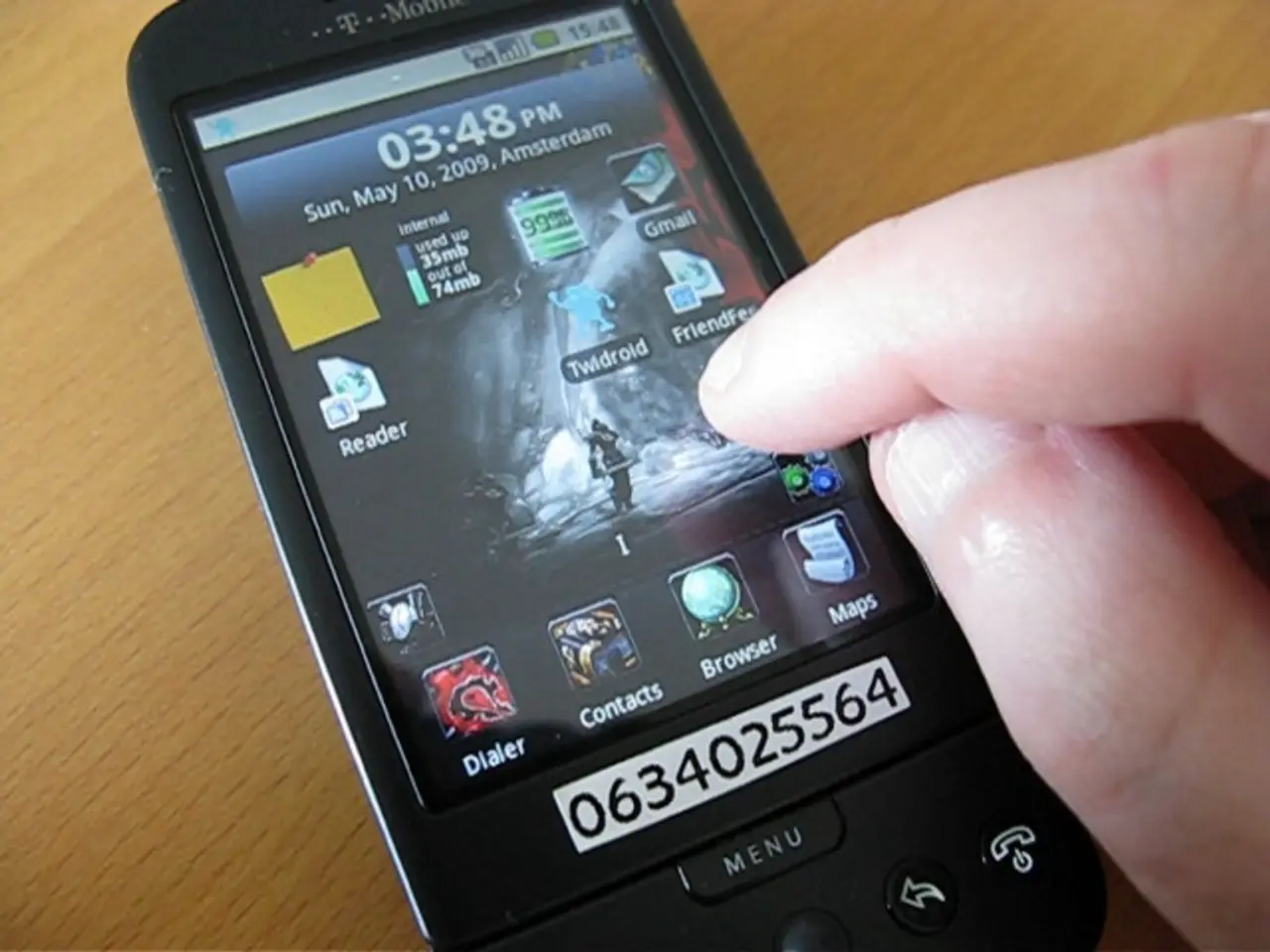Neuritis of the brachial plexus: Signs, origins, and remedies
Brachial neuritis, also known as Parsonage-Turner syndrome or Shoulder Girdle Syndrome, is a rare neurological disorder that affects the nerves in the extremities of the body, particularly the shoulders, arms, and hands. This condition is characterized by sudden onset of severe shoulder and arm pain, followed by weakness in the affected muscles.
The exact cause of brachial neuritis is often unclear, but several factors are associated with its development. These include immunological reactions possibly triggered by recent viral illnesses, immunizations, surgeries, childbirth, or radiation therapy. Sometimes, the condition is linked to recent infections or parasitic infections. While not the primary cause, trauma or inflammation to the brachial plexus, a network of nerves that carry signals from the spinal cord to the shoulders, arms, and chest, can lead to symptoms similar to brachial neuritis. In many cases, however, the cause remains unknown, making it an idiopathic condition.
Some forms of brachial neuritis are genetic, such as a syndrome called hereditary neuralgic amyotrophy, which has a dominant gene. Brachial neuritis is not associated with diabetes or alcoholic neuropathy.
Recovery from brachial neuritis can take several months or even years for most people. Complications from the condition can include increased risk of further injuries due to altered movement and difficulty managing muscle weakness, which may require changes in daily activities and accommodations at work or school.
To diagnose brachial neuritis, a doctor may recommend nerve testing, blood work, X-rays, or other imaging scans. Treatment for the condition focuses on managing pain and weakness until symptoms improve, with options including non-steroidal anti-inflammatory drugs (NSAIDs), corticosteroid injections, physical therapy, TENS, cold therapy, and lifestyle changes.
It is important to note that brachial neuritis may follow an injury or infection, but the exact cause is not always known. The condition can appear at any age, but it is more common in adults. Brachial neuritis is sometimes referred to as brachial plexitis.
In cases where brachial neuritis occurs without an obvious cause, autoimmune disorders may contribute to the condition, with damage to myelin being a potential cause. Parsonage-Turner syndrome, a type of brachial neuritis, often occurs without an obvious cause and may be associated with autoimmune inflammation.
Symptoms of brachial neuritis include muscle weakness, poor muscle control, numbness or tingling in the arm, shoulder, or chest, and unusual sensations in the arms or shoulders. If you experience these symptoms, it is crucial to consult a healthcare professional for a proper diagnosis and treatment plan.
- Autoimmune disorders, with damage to myelin, might play a role in some cases of unclear brachial neuritis, as it is sometimes associated with autoimmune inflammation, such as Parsonage-Turner syndrome.
- Apart from brachial neuritis, other neurological disorders may affect the system, and these conditions, collectively referred to as neurological disorders, can cause health-and-wellness concerns, including pain, muscle weakness, and altered fitness-and-exercise functionality.
- Aside from brachial neuritis, there are various medical-conditions that affect the neurology, such as multiple sclerosis, Parkinson's disease, and epilepsy, which require ongoing science and research to better understand their causes and develop more effective treatment strategies.
- In addition to brachial neuritis, other forms of idiopathic neurological disorders, like primary anti-NMDA receptor encephalitis, lack a known cause, making their diagnosis and treatment challenging.
- It's essential to prioritize overall health-and-wellness, including fitness-and-exercise, to maintain a strong immune system, reduce the risk of developing other neurological disorders, and improve the body's capacity to heal from conditions like brachial neuritis.




